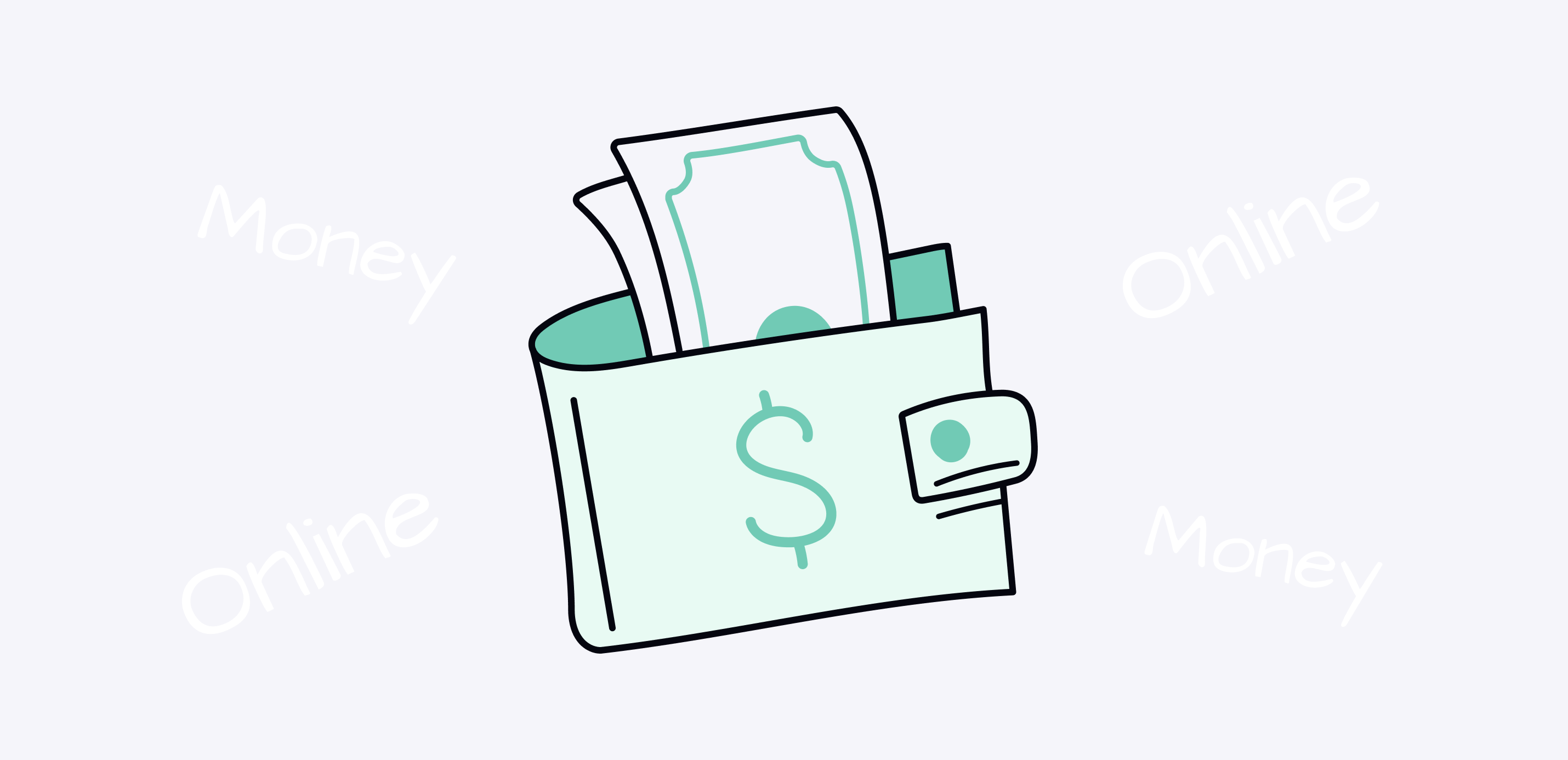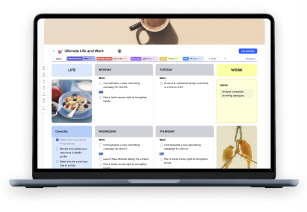“How to make money online for beginners?” is an urgent matter. There are so many answers that people who are not acknowledged might get drawn. If you landed on this page, you probably want to make everything clear and start your own online business.
The thing with the internet is that every second you spend hesitating, someone starts earning money online. The internet and ways of making money using it develop not by days but by hours. Some of the well-known methods, like being an influencer on Instagram, have less and less space for neophytes.
The way to generate income online we want to suggest is pretty simple and pretty new so that you can dictate and create your own rules. Your works may even define how the field will look in a while. What is best, you don’t have to spend weeks and months learning new skills and tools. You can start almost on an instance using xTiles and this guide.
Let’s start!
How to make money online for beginners?
Many consider making money online easy, yet they still don’t try. However, it usually requires hard work, persistence, and the development of valuable skills. Depending on the field of expertise, a person needs to constantly adapt to the ever-changing online landscape, be aware of potential pitfalls and scams, and continuously research reputable platforms or clients.
There are many ways to make money online. The most popular ones are the most known and studied, there are many guides and courses on how to start, yet it’s harder to become a powerful player in the relevant market.
Some of these methods aren’t suitable for everyone. For example, if you want to learn how to make money as a stay-at-home mom, you might find blogging or providing services via freelance platforms overwhelming.
However, there still are methods that take a little time and work in the long run, i.e., you do something once, and then it works for you. Let’s take a look at the most popular of them.
Freelancing
Freelancing involves working independently on a contract basis, where you take on projects for various clients or companies. Many people prefer freelance work to office full-day work because it leaves more space and time for living and allows them to control their life and schedule.
There are numerous opportunities for freelancers online, and dedicated websites serve as platforms for finding freelance jobs.
Upwork, the world’s largest freelance marketplace, is worth exploring if you only start. Even if it doesn’t help you find your customers, you will learn a lot about how things work in this field. Upwork offers a wide range of remote freelance jobs, including web design, project management, writing, graphic design, and many other specialized fields.
If you think that your field of expertise is too narrow to find your potential customer via Upwork, you’re likely wrong. With over 2 million freelance job listings, Upwork provides a substantial pool of opportunities. Additionally, Upwork has a massive user base of over 15 million freelancers, and joining the platform is free. So, if you need someone’s help, like a logo for your enterprise, you may find the exact match on Upwork.
FlexJobs and SolidGigs are other widely known platforms for freelancers seeking work. FlexJobs ensures job authenticity and diligently researches and monitors listings, minimizing the chances of encountering scam jobs. It offers niche job opportunities, catering to specific skill sets and interests.
If you’re in need of quick job opportunities, SolidGigs can be a valuable resource. They swiftly filter through job listings and curate the best options for you. This saves time by eliminating the need to scroll through numerous listings, as they have already vetted the opportunities.
In the world of freelancing, time is valuable, and these platforms help streamline and every opportunity to ease and streamline work is valuable. If you’re new to freelance, you might face numerous challenges. The most common and terrifying is lack of planning or poor planning. The xTiles Freelance Dashboard Template may become a helpful tool to organize processes efficiently and with no harm to your personal life.
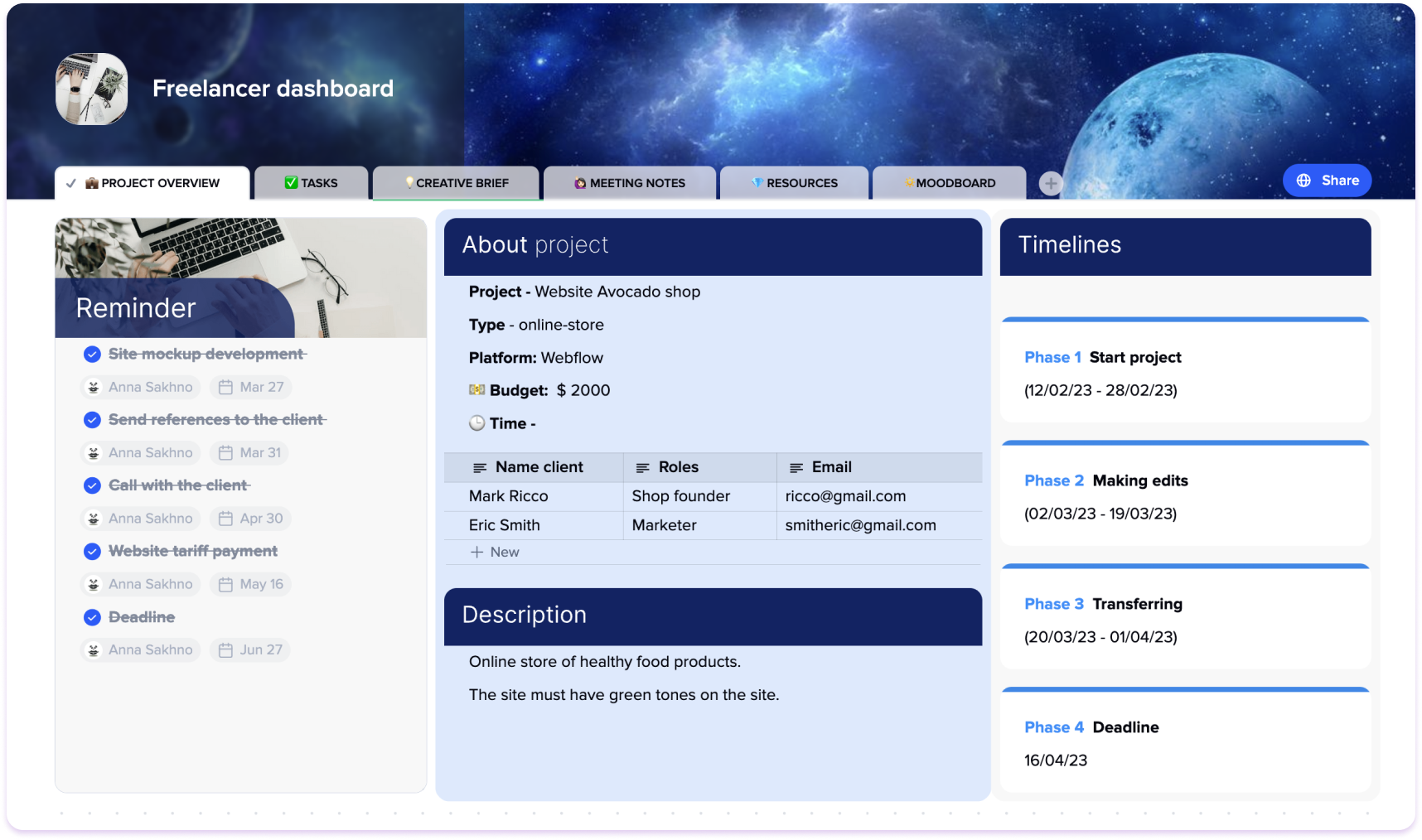
Online surveys and microtasks
If you want to know how to make easy money online, participating in online surveys is the best way. There are specialized websites where you can find surveys to conduct in your spare time to receive rewards in the form of gift cards or cash. However, before you start, it’s better to research to ensure that you choose reputable platforms that offer fair rewards for your efforts.
There are numerous websites and apps offering income for completing surveys, watching videos, or performing small tasks. Swagbucks, Amazon Mechanical Turk, and InboxDollars are the most well-known that offer such opportunities.
This way of making money online usually is only an addition to people’s work because it can’t bring significant amounts of money. For example, by completing surveys on Branded Surveys, you can earn up to $5 per survey.
That’s why it’s rather a great way to spend your free time than make a good living. When people want to learn how to make money without a job or how to make money online as a teen, online surveys are the answer. However, they might not be regular, so it’s better to choose something else if you need a stable income.
Blogging and content creation
Blogs have gained popularity as effective tools for making money online due to their ease of creation and multiple avenues for monetization. If you’re an expert in some particular subject, why not create a blog where you share it with others?
However, while you still gain your auditory, you may not be able to make money. It takes time before you can monetize your blog or create a course where you share your knowledge and insights.
You may write and publish an eBook. Write a book relevant to the subject of your blog to increase the chances your audience will buy it. You may use the xTiles eBook Template to streamline the process.
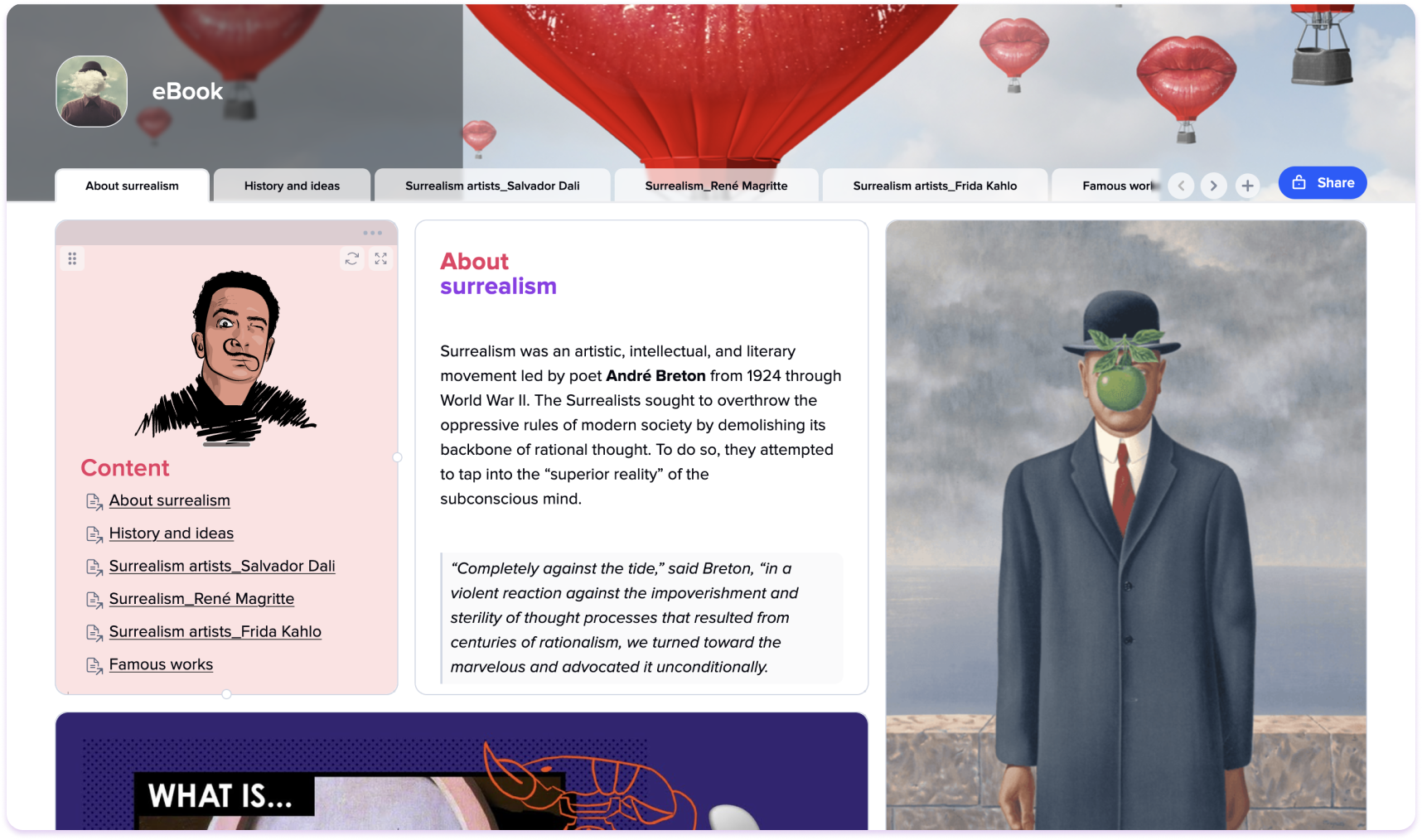
Another opportunity for a blogger to monetize their knowledge is creating a podcast. It has experienced a surge in popularity, surpassing its past levels of interest. Many individuals appreciate podcasts because they offer the convenience of listening from virtually anywhere.
For instance, people often enjoy podcasts while driving, as they provide an alternative to radio commercials. Additionally, people often find it enjoyable to listen to podcasts while doing their everyday activities, such as cooking dinner or doing laundry.
Another great option for bloggers to make money is affiliate marketing. You promote other people’s products on your blog and earn a commission whenever someone clicks on the affiliate links and buys the product you promote.
Online tutoring and teaching
When trying to find out how to make money online as a college student, tutoring is the best-known way that was there for decades but today was seriously widened by the internet.
Tutoring services are consistently in high demand, offering opportunities for individuals with teaching experience or specialized knowledge to help students improve their grades and excel in exams. It is advisable to have relevant teaching experience and subject-specific certifications to establish credibility with both students and their parents.
Conducting thorough research will enable you to understand your target audience better. Based on your skills and expertise, choose topics in which you feel confident teaching. Possessing specialized certifications or advanced degrees can give you an added advantage in the tutoring market.
The most popular field is languages, which often doesn’t necessarily require subject-specific certifications. Native speakers can teach their language or help people gain confidence in speaking while earning money online.
As a virtual tutor, you have access to various teaching methods. You can incorporate interactive activities, utilize slides, employ storytelling techniques, or even gamify your course lessons to make the learning experience engaging and effective. You may use xTiles Education Templates to provide your students with illustrations or prepare yourself for each lesson.
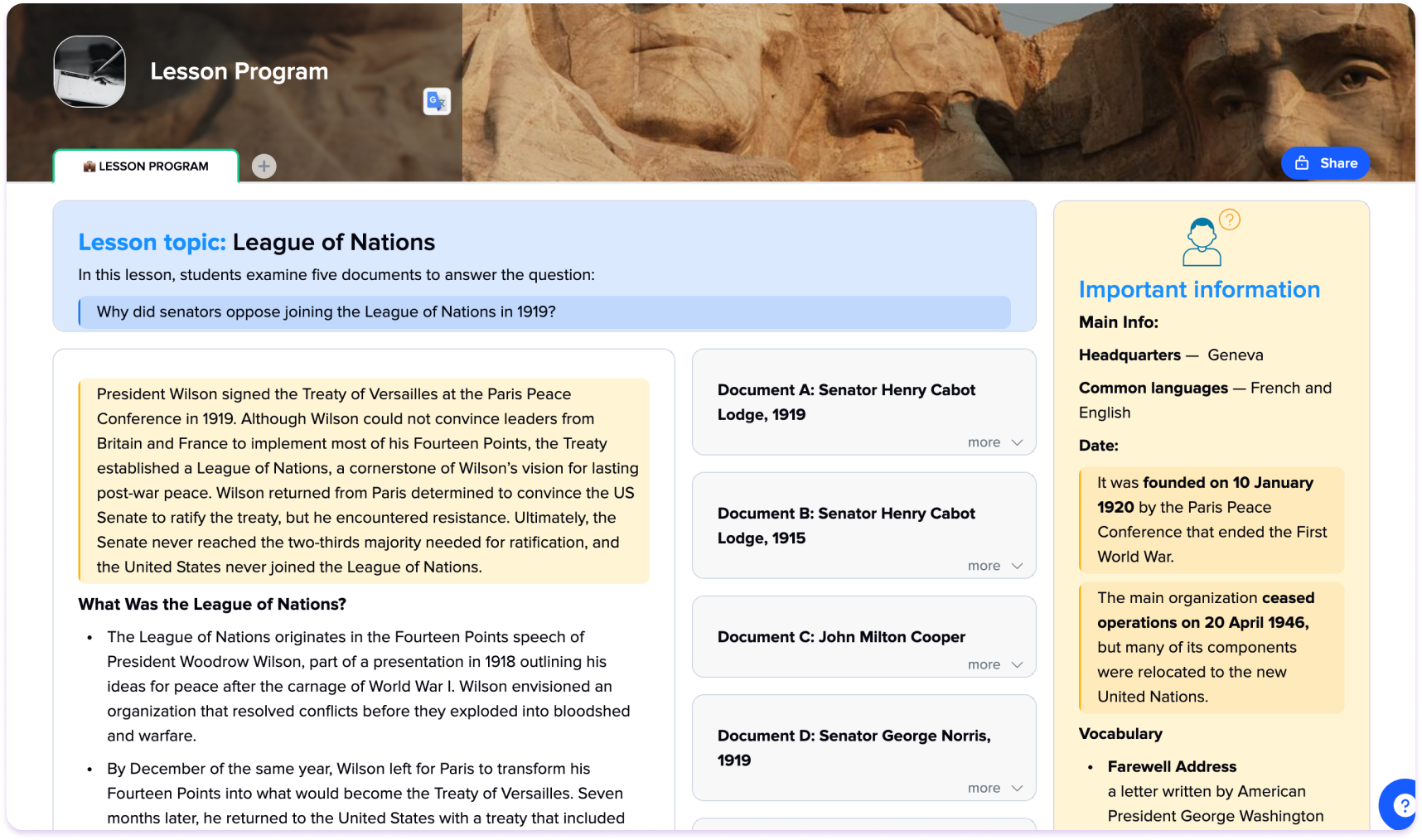
Selling your art
Finally, creative people looking to make money can sell their art or photography. Digital artwork has gained significant popularity in recent years. Utilizing your computer skills, you can create digital artwork that caters to the needs of others.
Additionally, with many individuals interested in starting online businesses or launching their own online stores, your artwork could even become logos for new companies.
However, what can be considered an art when it comes to selling? Paintings from Louvre? Artworks sold on Sotheby’s? Not necessarily. You can make art even if you have no or little knowledge of drawing or digital design.
Creating templates can be a profitable venture if you want to make money online. However, even though this method perfectly suits beginners, you still need to research a bit before starting. We offer you a quick and detailed tutorial on creating and selling your xTiles templates to make money and, more importantly, how to create templates that will make money and become your passive income.
How to make quick money online by creating xTiles templates?
Making money online is ambiguous. While many people turn their online income into wealth, others are still afraid to try. Many fields are already occupied by experts and those who have relevant experience. Newcomers might have little chance of reaching success and start making money.
Success in making money online with templates requires dedication, creativity, and ongoing effort, yet it is still a much easier way to start earning money online than freelancing or blogging. By providing high-quality templates that meet the needs of your target audience, effectively promoting your offerings, and delivering excellent customer service, you can go from making a little extra money to establishing a profitable business selling templates online.
That’s why it’s important to understand a few aspects of your future enterprise before you start. And, yes, this is still an easy answer to “How to make money online for beginners?”
1. Identify a niche
It’s always good to have someone in particular who will correspond with your work. Determine the specific niche or industry for which you want to create templates. This could include website design, graphic design, social media marketing, resumes, presentations, or any other area where templates are in demand.
Please use the same approach you would use with starting blogging. Make templates about/for you’re acknowledged with. You know everything about anime? Great. Your anime-stylized templates will become a great choice for your fellow admirers. Do you adore Frida Kahlo’s paintings? The templates you will make using her style will win many hearts. Additionally, they will be a great homage to a great painter.
Choosing a subject you know is how you can ensure that your product is worth the price you set. Also, it will be much easier to make stylized templates if you know what you’re doing.
2. Research market demand
Now that you know the main theme or style of your future templates, conduct market research to identify the needs and preferences of your target audience. Explore popular platforms and marketplaces where templates are sold, such as Etsy, Creative Market, or Fiverr, to see what types of templates are in high demand and selling well.
For example, everyone may need an amazing daily or weekly planner, yet not everyone needs a one-pager or meeting minutes template. Your audience definitely has some specific needs, and the kinds of templates you create should satisfy them.
Be ready that you can’t satisfy everyone. Satisfying customers at the beginning is especially challenging as your portfolio contains only a few templates. As time goes on and the number of templates you create increases, you will become a more versatile artist.
3. Develop high-quality templates
Invest time and effort into creating visually appealing, functional, and user-friendly templates. Ensure that your templates are professionally designed and customizable to cater to the needs of your target audience.
For starters, you don’t need to learn graphic design tools. It will be enough to know how to cut a picture of the needed size, how to turn it or reflect it, etc. If you do your research, you will know what designs are popular today among your target audience so that you can use them as a reference.
Additionally, the process of creating and customizing a template in xTiles is super easy, requiring little onboarding process. And the customization options are wide enough to cover your needs for creating an outstanding piece.
We will cover this matter in detail in the next chapter of our guide on how to make money online.
4. Establish your online presence
If no one knows that you create some great templates, no one can buy them from you.
Setting up a website or creating a profile on popular design marketplaces is a must to showcase and sell your templates. You may use different platforms depending on your personal preferences.
Etsy
You will need to create an account if you don’t have one already to make money on Etsy. The registration process is pretty common, with no specific requirements. Once the account is ready, set up your shop by clicking on the “Sell on Etsy” option. Choose a name that reflects your brand and the type of templates you offer.
You can’t attach a finished file to the Etsy listing. That’s why you need to provide potential buyers with a link to the template they can edit in their own accounts.
You will need to create a PDF doc with a link to the template you want to sell and add detailed instructions. A user will need to click your link, press the “Copy and Edit” button, register a new account, and when logged in, they will be able to use their newly bought template.
Gumroad
Gumroad is probably the shortest and easiest way to sell your templates.
You will need to sign up for a Gumroad account if you don’t have one. When the registration is done, in your Gumroad account, navigate to the “Products” section and click on “Add a product” to create a new listing. Provide a title, description, and upload the template files. You can also offer discounts or create bundle options for multiple templates.
To arrange your payments on Gumroad, go to “Settings” and find the tab “Payments”. You will need to share your location. Then you will need to enter your PayPal data to start getting money on your templates.
Creative Market
The same story again – if you don’t have a Creative Market account, create it. Once logged in, go to your account dashboard and click on “Open a Shop” to set up your shop on Creative Market.
The service requires a link to your Behance portfolio, Dribble page, or portfolio website to allow you to open a shop. Getting approval to open a shop might take up to a few hours. Once approved, you will receive an invitation via email to open your shop.
The first steps of establishing your shop are mostly about bureaucracy. You will need to set up taxes and payment information. You can do that by going to “Settings” and clicking on “Payouts & Taxes.”
Next, take care of your shop bio and profile. Go to “Settings” once more and all the relevant information you want to share with your customers under the tabs “Shop” and “Profile Info.”
Now, it’s time to add your products. Click on your avatar, go to “Shop Profile,” and click “Add a Product.” When adding each template, fill out the descriptions, including product title, category, images, files (in a ZIP format), licenses, and tags, and change the product status from “Draft” to “Live.”
If everything is done correctly, your templates will be available for purchase in your Creative Market shop.
Fiver
Don’t have a Fiverr account? Create it, providing the required information to start making money on Fiverr. Once logged in, click on “Create a New Gig” to set up your template-selling service. Give your gig a clear and descriptive title that showcases what you offer. Write a compelling gig description that highlights the benefits and features of your template and upload your templates. Finally, include any relevant photos or videos that showcase your template and its features effectively.
You may promote your gig on social media to engage a wider audience. A good way for promoting your gig is theme-related communities and forums. For example, you create anime-stylized templates, so why not try relevant communities?
To arrange your payment methods, click on your avatar and go to “Billing and Payments”, then find the tab “Payment methods” and choose what you like best – getting money on your credit card or PayPal.
It’s important to know that the lowest possible price you can set on Fiverr is $5, including a $1 service fee. Also, you can’t withdraw less than $5.
You may multiply the money you get from selling your templates using two or more of these platforms. Also, it will be great to check how they work for you when you only start your business. Limiting yourself only to one marketplace might decrease your earnings and spoil understanding of your target audience.
Don’t forget to provide detailed descriptions, visually appealing previews, and instructions for using your templates effectively to ensure they are easy to find and apply in practice. Using keywords in your templates’ descriptions will help you reach your target audience faster and boost your presence on the marketplace and Google.
Also, if the service allows, bundle your templates together in a logical and organized manner. That will make it easier for customers to purchase multiple templates from your shop. You may even consider creating different packages or collections based on theme, style, or functionality.
5. Set competitive pricing
Research similar templates on the service you’ve chosen to determine competitive pricing for your products. Consider factors such as the complexity, functionality, and value offered by your templates. Price your templates accordingly to attract customers while ensuring fair compensation for your work.
Your first templates may be cheaper to attract customers, yet you will need to come up with a strategy on how to increase the prices slowly without scarring your current and potential customers.
6. Promote your templates
If you’re serious about making money by creating templates, you may utilize various marketing strategies to promote your templates and reach a wider audience. Leverage social media platforms, create tutorial videos or blog posts related to template usage, engage with potential customers in relevant online communities, and consider paid advertising to boost your visibility.
The promoting methods we listed above are not always suitable for beginners and may require a monetary investment. That’s why you need to be inventive. For example, advertising may be based on barter or free access to a certain amount of your templates. It’s important to find people with an audience interested in your product so that you won’t waste money and effort.
7. Provide excellent customer support
Even though it may be pretty obvious what to do with a ready-to-go template, and each of them has a detailed description, your customers still may have questions.
That’s why it’s important to offer prompt and helpful customer support to address any inquiries or issues related to your templates. That will enhance customer satisfaction, build trust, and encourage positive reviews and recommendations.
8. Stay updated and expand
There’s no limit to perfection, and the template that once seemed to be your magnum opus might become your less beloved creation after you gain more experience.
Keeping abreast of design trends and industry developments to ensure your templates remain relevant and competitive is key to success and staying in demand. Continuously create new templates and expand your product offerings to attract repeat customers and expand your customer base.
You may delete or redo the old templates to ensure all of your products are of high quality.
9. Encourage your customers to leave reviews
Positive feedback can contribute to expanding your online presence, and it never hurts to have proof that your product is actually useful. By accumulating reviews and testimonials, you can attract more business opportunities and further grow your online template enterprise.
A long list of reviews is also a record of your business and its development. It will help potential customers to better understand you and your products and will prove your credibility. In case there were some inquiries or conflicts with your previous customers, reviews will present how you handled them.
How to create a template in xTiles?
xTiles offer the opportunity to turn every successful project or document into a template. In other words, when you, by accident, come up with something that has potential and you want to share it with your friends or colleagues, or when you want to share the reference but the document contains some data that can’t be spread, you can turn it into a template.
When your project is prepared, or it’s at the needed stage, click on the “Turn into a template” button you can find in the three-dot menu in the project header, and voila! your project is a template now. Find it in the service’s template gallery under “My templates.”
That was an easy and quick base for creating a template in xTiles. The truth is that the longest part is choosing colors or pictures, trying them together, editing, etc. Customer-friendly functionality leaves all the room for your creativity, playing a supportive part.
The tool is easy to get started working with, so even if you’re not a regular user yet, it won’t become a problem to get enough expertise to make templates. You may start your onboarding by watching our short video instructions on Youtube and then emerge yourself in creating your first sellable templates.
1. Identify the purpose of your template
Understand what kind of document or design you want to create and how it will be used. Imagine yourself being a common user. Would you buy your template? Would it be useful for you?
There are many kinds of templates, starting from well-known weekly planners and visual boards and finishing with narrowly specialized UX research briefs or KWL Charts.
If you’re a beginner and there are no templates you can offer to your customers yet, start with something that will work for a wide audience. Everyone can benefit from using a daily or weekly planner, or everyone may need a meal planning, workout planning template, or different checklist templates, etc.
It’s advisable to check your competitors who share your niche and what they offer. Many platforms show how many times a template was bought. That will help you determine what people want, need, and like at the moment.
2. Plan the structure and layout of your template
You need to come up with a plan or a draft to manage the whole process smoothly. Otherwise, you might get stuck due to doubts. Not knowing where to move is one of the most frequent reasons people quit their intentions.
If it’s hard for you to build plans, you may use one of the xTiles templates for designers or create your own document that later you can turn into a template as well, selling it to other people who only start making money online creating templates.

Consider the sections, headings, and content you want to include. Determine the arrangement and formatting to ensure clarity and ease of use. You may even make a quick skit to understand where each part of the template should be placed.
You’re the artist and creator, so all the decisions are up to you. However, you need to remember that there are established rules for making a template easy to follow.
3. Design elements of your template according to your intent
Incorporate design elements that enhance the visual appeal and usability of your template. This may include fonts, colors, graphics, icons, or images. Ensure consistency and coherence throughout the template.
This stage will need research if you’re not familiar with graphic design tools to make them yourself. However, remember that you need to ensure you’re allowed to use all elements for your documents. Use stocks, whether free or paid, for images, graphics, or icons. Or you may engage other creators on, for example, Upwork or Fiverr if you’re ready to invest in your templates.
Don’t forget about consistent formatting and styling throughout the template. Devil hides in details, and one word that differs in font or size may spoil all good impressions potential clients may have. Coherent fonts, font sizes, spacing, alignment, and other formatting elements create a cohesive and professional look.
4. Create an example of your template to show its potential
An empty template might not showcase all that it’s gotten. Use placeholder content to represent the actual content that users will insert when using the template.
That stage sometimes requires as much attention as design because you need to prove the usability of your template. If you’re very determined, you may fill in all the sections on your own. However, it’s faster to use generic text, or you may generate it using AI tools, dummy images, or sample data.
What is especially important, you need to make sure that the placeholders are easily replaceable. In other words, you need two documents, one filled and one empty. A client sees a filled one, considers it to be worth trying, buys it, and gets access to an empty one to copy it to their personal documents.
If a customer has to delete all the data on their own, they might not return to you for other templates, even if the designs are stunning and polished. The main purpose of a template is that it’s ready to use. Its visual appeal comes as a nice bonus.
5. Test and refine your template
Every digital product overgoes testing before being distributed to users, and templates shouldn’t be an exception. Test the template to ensure its functionality and usability.
Sometimes it’s hard to see your own mistakes or places that may use improvement. That’s why it’s advisable to show your template to someone before uploading it for sale on a marketplace. It may be your friend or a fellow creator who can analyze and test it.
Testing is important for resolving issues and addressing any inconsistencies that may appear later. The fewer of them your clients will find, the better your reviews will be, which will increase your credibility as a creator.
6. Save your template and distribute
Now, you will need to choose a marketplace for your templates and make a selling proposition. Take into consideration the tips described in the chapter about how to make quick money online by creating xTiles templates.
Three of the most important details are an adequate and representative description of your template, instructions on how to use it to the fullest, and its price.
Provide clear guidance on how to use the template effectively. You may include any relevant tips you follow yourself or learned from people who helped you with reviewing your template, suggestions, or explanations to assist users in utilizing the template to their advantage.
The price should be competitive yet tempting. That’s why you will need to analyze your competitors and their level before coming up with a price that suits you, doesn’t undervalue your work and efforts, and is perfect for a potential customer to give it a shot.
7. Iterate and update your template
It’s important to monitor the feedback and user experience your clients share. That information will help you improve your current templates and guide you when creating new ones.
Continuously iterating and updating the template based on user needs, changing requirements, or design improvements helps you build credibility, show your business awareness and a customer-oriented approach, and establish healthy communication with your clients.
Summing up
Making money online is no easy task if you have no idea what to do and no direction on where to move. Some paths are already too busy to be effective for beginners. Generating income by creating xTiles templates is easy, quick, and requires little or no previous onboarding or learning.

